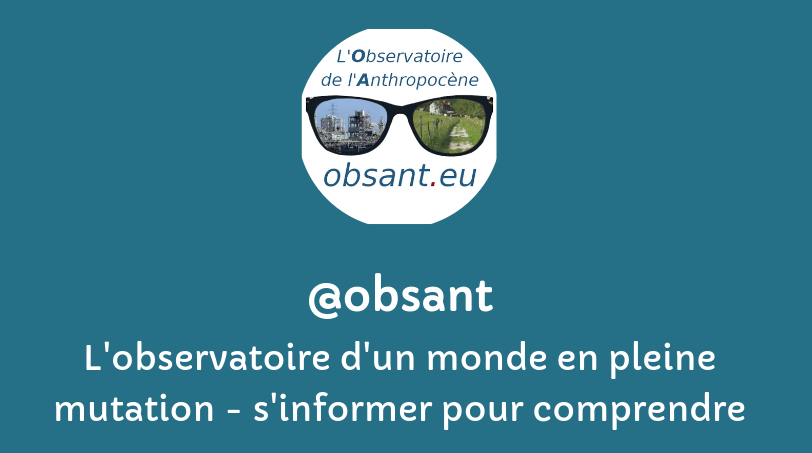Les champs auteur(e)s & mots-clés sont cliquables. Pour revenir à la page, utilisez le bouton refresh ci-dessous.
filtre:
food
Five of the seven breached planetary boundaries are linked to food systems. By transforming production and adopting a “planetary health diet,” we can halve food-related climate emissions and prevent millions of deaths, according to the 2025 EAT-Lancet Commission.
Purpose Animal emissions account for nearly 60% of total greenhouse gas emissions from the livestock sector. To estimate these emissions, the Food and Agriculture Organization of the United Nations (FAO) developed a dedicated module within the Global Livestock Environmental Assessment Model (GLEAM). Although previous studies have explored selected inputs for specific animals and emission types, a comprehensive analysis of all 92 inputs (parameters and emission factors) had not been conducted. This study aimed to identify the most influential inputs affecting ruminant emissions in GLEAM.
Exclusive: Increasingly extreme weather a threat to production and supply chains in Britain and elsewhere
2024 was the hottest year on record [1], with global temperatures exceeding 1.5 °C above preindustrial climate conditions for the first time and records broken across large parts of Earth’s surface. Among the widespread impacts of exceptional heat, rising food prices are beginning to play a prominent role in public perception, now the second most frequently cited impact of climate change experienced globally, following only extreme heat itself [2]. Recent econometric analysis confirms that abnormally high temperatures directly cause higher food prices, as impacts on agricultural production [3] translate into supply shortages and food price inflation [4, 5]. These analyses track changes in overall price aggregates which are typically slow-moving, but specific food goods can also experience much stronger short-term price spikes in response to extreme heat.
Major study finds world's most productive farming regions are especially vulnerable to rising temperatures, and face steep declines in agricultural output this century.
A new point in history has been reached, entomologists say, as climate-led species’ collapse moves up the food chain even in supposedly protected regions free of pesticides
Antarctica's remote and mysterious current has a profound influence on the climate, food systems and Antarctic ecosystems. Can we stop it weakening by 2050?
Eat-Lancet report recommended shift to more plant-based, climate-friendly diet but was extensively attacked online [...] The report recommended that if global red meat eating was cut by 50%, the “planetary health diet” would provide nutritious food to all while tackling the harms caused by animal agriculture, which accounts for over 14% of all greenhouse gas emissions worldwide. It suggested individuals – particularly in wealthy countries – should increase their consumption of nuts, pulses and other plant-based foods while cutting meat and sugar from their diets.
The world could fall short of food by 2050 due to falling crop yields, insufficient investment in agricultural research and trade shocks, according to Joe Biden’s special envoy for food security, Dr Cary Fowler. Fowler, who is also known as the “father” of the Svalbard Global Seed Vault, a global store of seeds for the most significant crops, said studies by agricultural economists showed the world needed to produce 50-60% more food by 2050 in order to feed its growing population. But crop yields rates were projected to decline by between 3-12% as a result of global heating.
Depleted soil leads to reduced yields, forcing farmers to rely on fertilizers that raise food production costs, consumer prices.
Microplastics and nanoplastics may be present in food, primarily from environmental contamination where foods are grown or raised.
High-level policy discussions have built momentum for “food system transformation” that would help farmers address the climate crisis.
Global Report on Food Crises (GRFC) 2024
Existing production destroys more value than it creates due to medical and environmental costs, researchers say
After hottest day ever, researchers say global heating may mean future of crop failures on land and ‘silent dying’ in the oceans
Climate breakdown and crop losses threaten our survival, but the ultra-rich find ever more creative ways to maintain the status quo, says Guardian columnist George Monbiot
Potential external cost savings associated with the reduction of animal-sourced foods remain poorly understood. Here we combine life cycle assessment principles and monetarization factors to estimate the monetary worth of damage to human health and ecosystems caused by the environmental impacts of food production. We find that, globally, approximately US$2 of production-related external costs were embedded in every dollar of food expenditure in 2018—corresponding to US$14.0 trillion of externalities. A dietary shift away from animal-sourced foods could greatly reduce these ‘hidden’ costs, saving up to US$7.3 trillion worth of production-related health burden and ecosystem degradation while curbing carbon emissions. By comparing the health effects of dietary change from the consumption versus the production of food, we also show that omitting the latter means underestimating the benefits of more plant-based diets. Our analysis reveals the substantial potential of dietary change, particularly in high and upper-
Recycled and reused food contact plastics are “vectors for spreading chemicals of concern” because they accumulate and release hundreds of dangerous toxins like styrene, benzene, bisphenol, heavy metals, formaldehyde and phthalates, new research finds.
abs_empty
Fourth year in a row in which number of people facing food crises increased substantially
![]()



